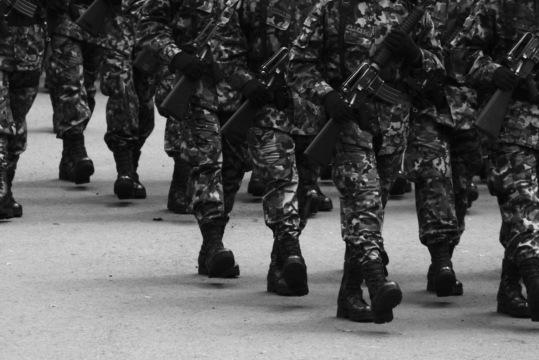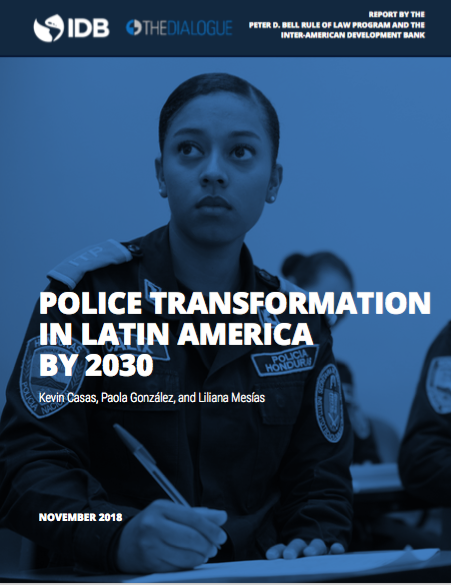
The Return of Latin America’s Military
Rebecca Bill Chavez warns in an article for the New York Times on that as we enter a global democratic recession, we must not ignore increasing trends of militarization in Latin America.
This post is also available in: Español
Where do police institutions in Latin America stand today, and where might they be in 2030? Despite attempts at reform, most Latin American police today conserve the rigid bureaucracy, lack of transparency, and propensity for abuse of authority that preceded the advent of democracy. The result is police forces that are frequently unable to meet citizen expectations in a context defined by increasing demands from citizens and unprecedented threats—notably from organized crime—that lay bare the weaknesses of police institutions and sometimes reinforce their worst traits. Nonetheless, modest changes in some countries offer a potential roadmap for future progress, including the demilitarization of the police (with notable exceptions) and the willingness to experiment with new forms of police-society relations, or "community policing" practices.
The key trends and challenges that will determine the state of Latin American police forces in 2030:
Rebecca Bill Chavez warns in an article for the New York Times on that as we enter a global democratic recession, we must not ignore increasing trends of militarization in Latin America.
A Latin America Advisor Q&A featuring experts’ takes on the likelihood of police reform in the region following protests against racism and police brutality.
On July 23, 2020, the Inter-American Dialogue hosted “Race and Policing in the US and Brazil,” to discuss what the recent cases of police violence reveal about systemic racism in the United States and Brazil.


 Video
Video